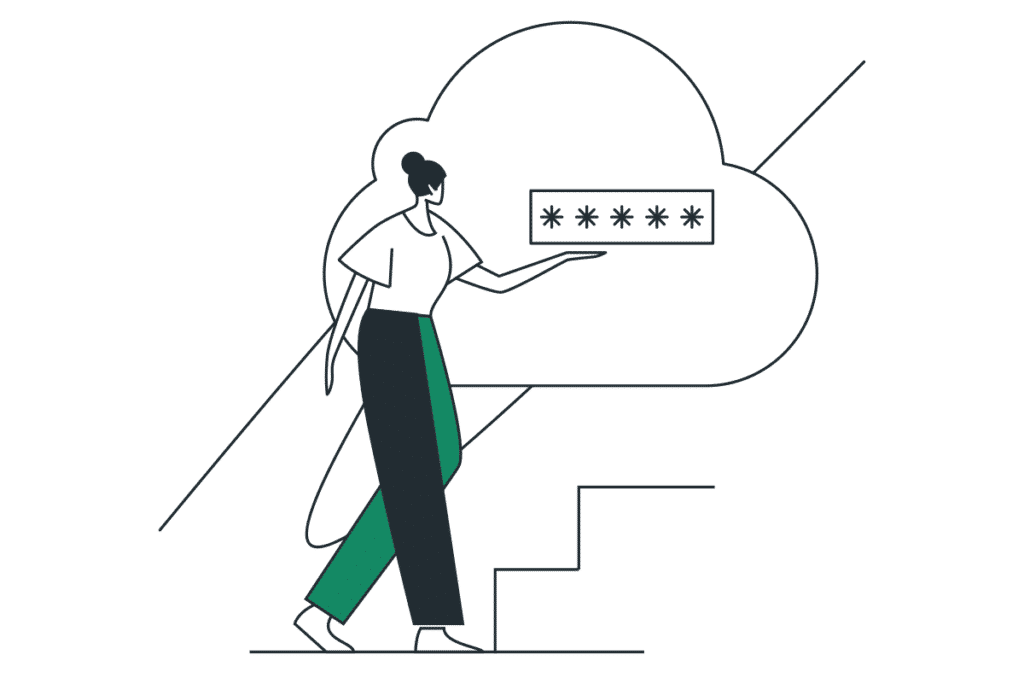What Capabilities Does SSE Offer?

At its core, SSE (Security Service Edge) provides secure access to the internet and to SaaS applications, as well as specific internal applications. But, not all SSE providers are created alike. What capabilities can you expect to receive from your SSE provider? Use this helpful guide to assess SSE offerings, and create your shortlist, by getting clear on the four crucial capabilities you must receive from your SSE solution.
Secure application access
SSE secures access to the web and to public cloud applications through a converged and cloud-native Secure Web Gateway (SWG) and Cloud Access Security Broker (CASB). Customers can control application access based on risk and compliance requirements associated with user identity, device posture, web site categories, cloud applications profiles, and numerous other attributes.
Threat detection and prevention
SSE inspects traffic and files exchanged between users, web sites, and applications. Anomalous traffic patterns and malicious files are detected using Firewall as a Service (FWaaS) with advanced threat detection (IPS and Next-gen Anti-Malware) and can be blocked or alerted. Inspection occurs in real time, at line speed, including TLS encrypted traffic. SSE Threat detection capabilities can be extended with EPP, XDR and managed SOC (which is usually known as Managed Detection and Response, MDR).
Secure and Optimized Remote Access
SSE enforces consistent policies for all user access, in the office, on the road, and at home with Zero Trust Network Access (ZTNA). Users benefit from the same level of security protection including full threat detection and prevention that is delivered globally from the cloud.
SSE eliminates the need to rely on location-bound appliances that restrict protection to users in specific locations or impact the user experience by backhauling traffic for inspection in regional hubs or corporate locations (“the trombone effect”). SSE providers built with a global private backbone, can optimize access to cloud and WAN applications across the middle-mile to enhance the user experience.
Sensitive Data Loss Prevention (DLP)
SSE enables enterprises to control the use of sensitive business data with Data Loss Prevention (DLP). In-line scanning for sensitive data can alert or stop data exfiltration or leakage outside the enterprise boundaries. And API-based integration with public cloud applications (SaaS) such as Office365, extends this control to application access from personal devices that are outside corporate network security controls.
Cato SSE 360: Total Visibility, Optimization, and Control of All Traffic, Users, and Applications, Everywhere
While traditional SSE services provide secure access to the internet and SaaS applications, and access to specific internal applications, your enterprise is left to cope with blind spots in your WAN traffic, requiring additional point solutions like firewalls and global backbones. Cato SSE 360 goes beyond SSE’s basic scope, providing your enterprise with total visibility, optimization, and control of all enterprise traffic, including WAN, cloud and internet. Alongside Cato SSE 360, Cato customers can take advantage of additional threat detection capabilities such as EPP, XDR and Managed Detection and Response (a managed SOC). Find out more about Cato SSE 360.








